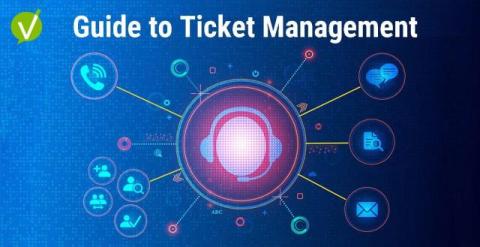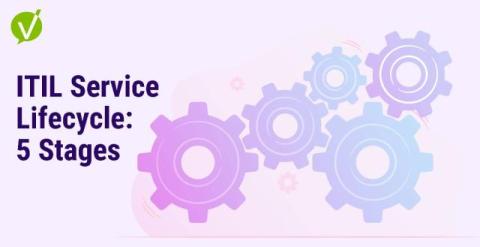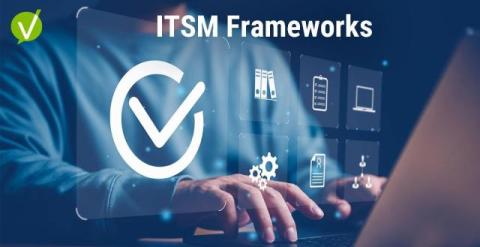Customer Based SLA for B2B Service Providers
A customer-based SLA (Service Level Agreement) can really change the game for B2B service providers. Unlike standard service level agreements, which are more generalized, these agreements focus specifically on your needs, setting clear service agreement terms between the service provider and a customer. This ensures both sides are clear on what to expect, making for a strong partnership.








